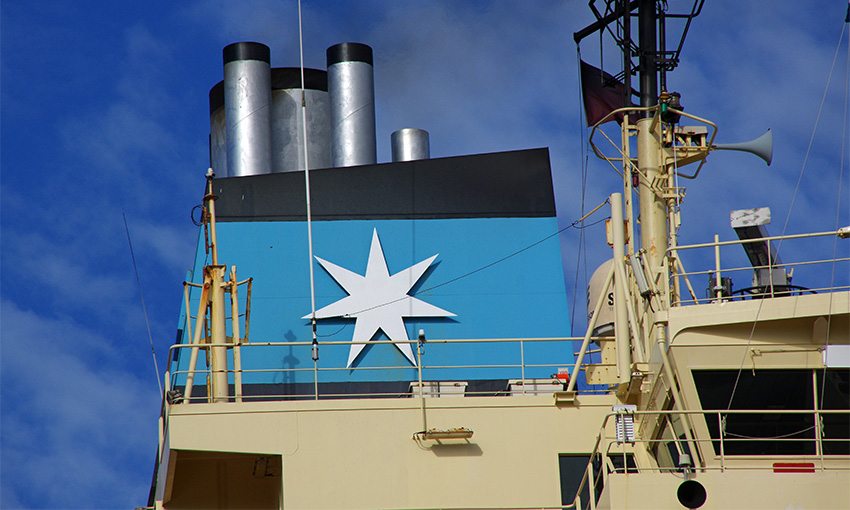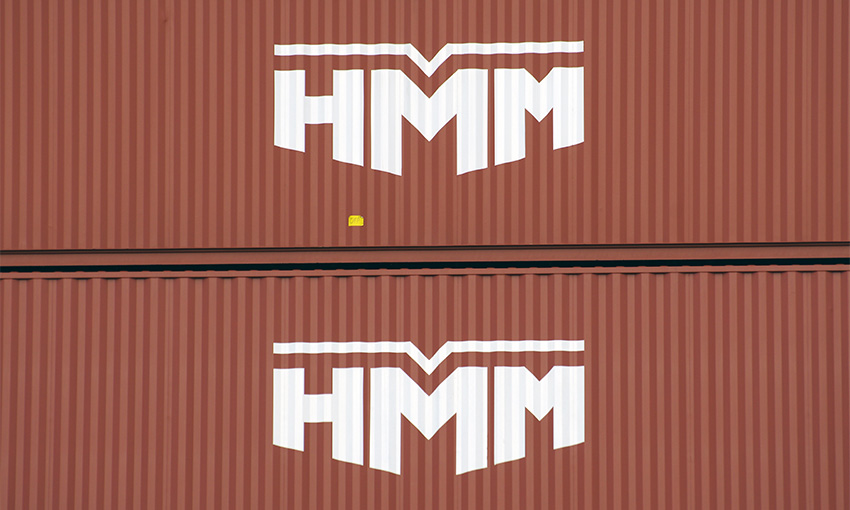THE COST of container ship diversions from the Red Sea has been spelt out by Maersk Line in an explanation of surcharges and higher freight rates imposed since conflict between Hamas and Israel broke out on 7 October last year.
The carrier says effects of the situation on shipping are widening and continuing to cause industry-wide disruptions. Maersk says it continues to develop solutions with the goal of offering customers greater reliability for their supply chains.
While the Danish company operates no direct services between Australia/NZ and Europe/Middle East/Mediterranean it carries a substantial amount of cargo relayed over South East Asian hub ports.
In a bulletin distributed today [6 May] Maersk provides an overview of the challenges faced and remedies implemented to minimise the impact of delays and disruption. “Importantly, you can also gauge what this means for your business – now and in the months to come,” Maersk said.
“The complexity of the situation in Red Sea has intensified over the last few months. To safeguard our crew, vessels, and your cargo, we are rerouting around the Cape of Good Hope for the foreseeable future.
“However, the risk zone has expanded, and attacks are reaching further offshore. This has forced our vessels to lengthen their journey further, resulting in additional time and costs to get your cargo to its destination for the time being.
“The knock-on effects of the situation have included bottlenecks and vessel bunching, as well as delays and equipment and capacity shortages. We estimate an industry-wide capacity loss of 15-20% on the Far-East to North Europe and Mediterranean market during Q2. We are doing what we can to boost reliability, including sailing faster and adding capacity.”
Maersk says it has added capacity, where possible, in line with customers’ needs, leasing more than 125,000 additional containers.
“You will see relevant surcharges on your latest invoices. These are to offset the costs of the longer journeys, increased sailing speed, and additional fuel costs. For example, we are currently using 40% more fuel per journey and charter rates are currently three times higher, often fixed for five years,” Maersk advised.
“While we reduced the Peak Season Surcharge (PSS) recently, it has been increased again to help cover the additional costs outlined above. We will continue to review the surcharges regularly and will keep you up to date of any changes.
“We will continue to seek ways to improve our offering and meet your supply chain needs.”





